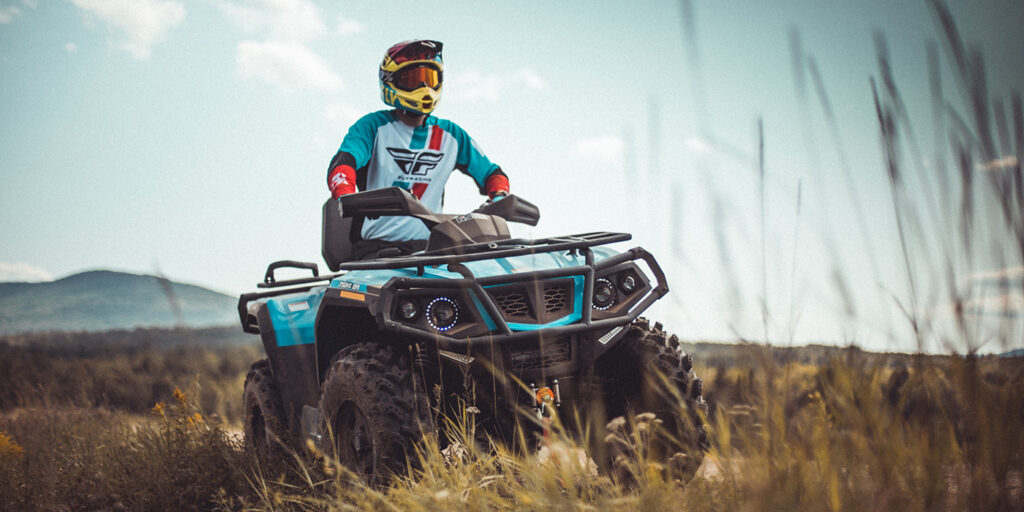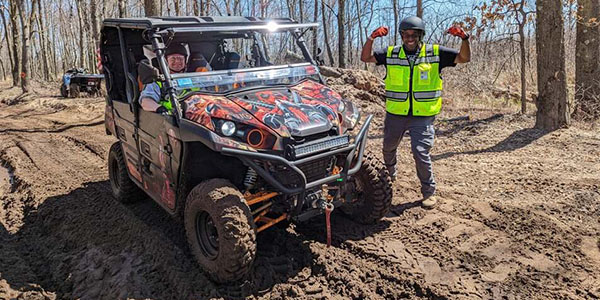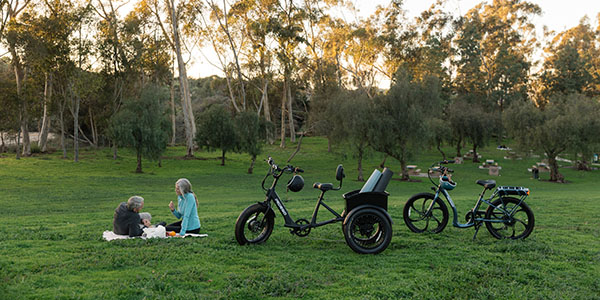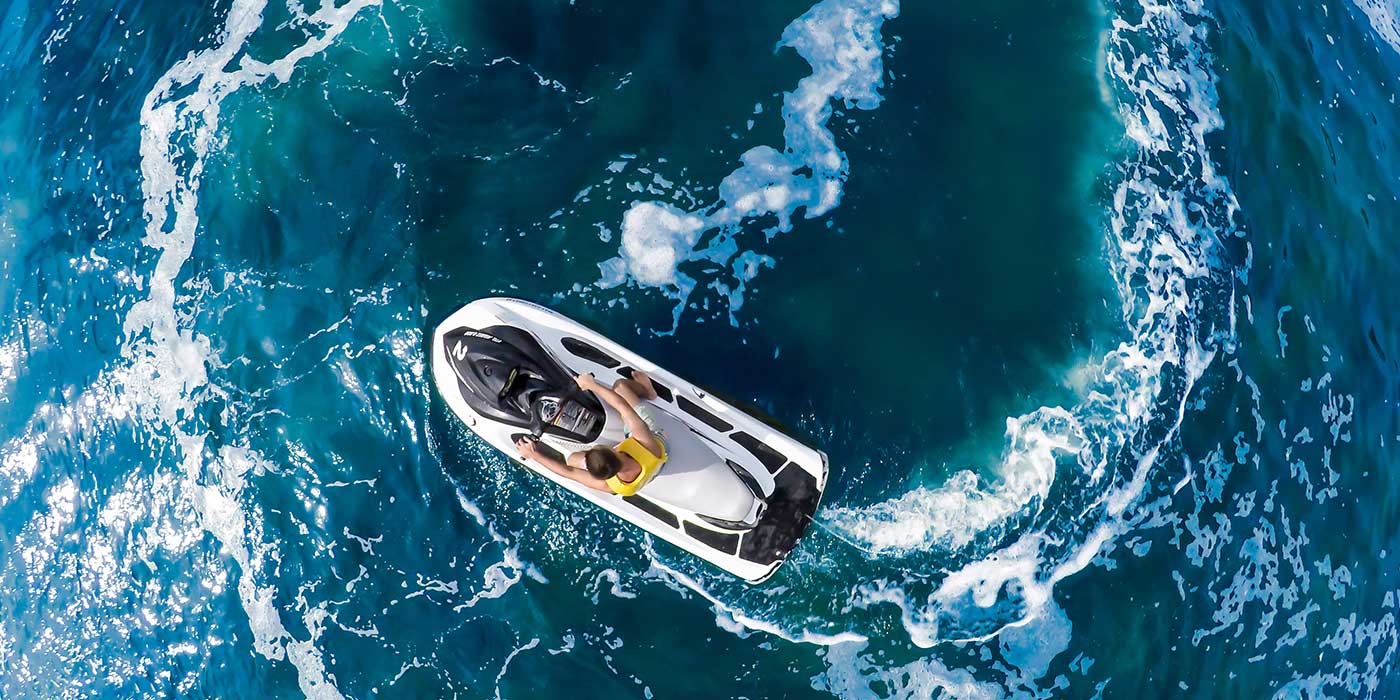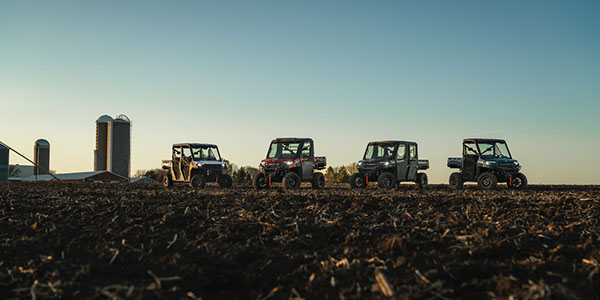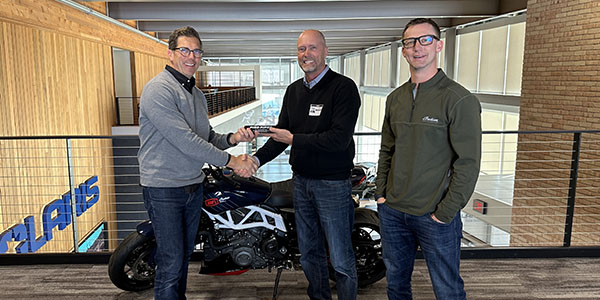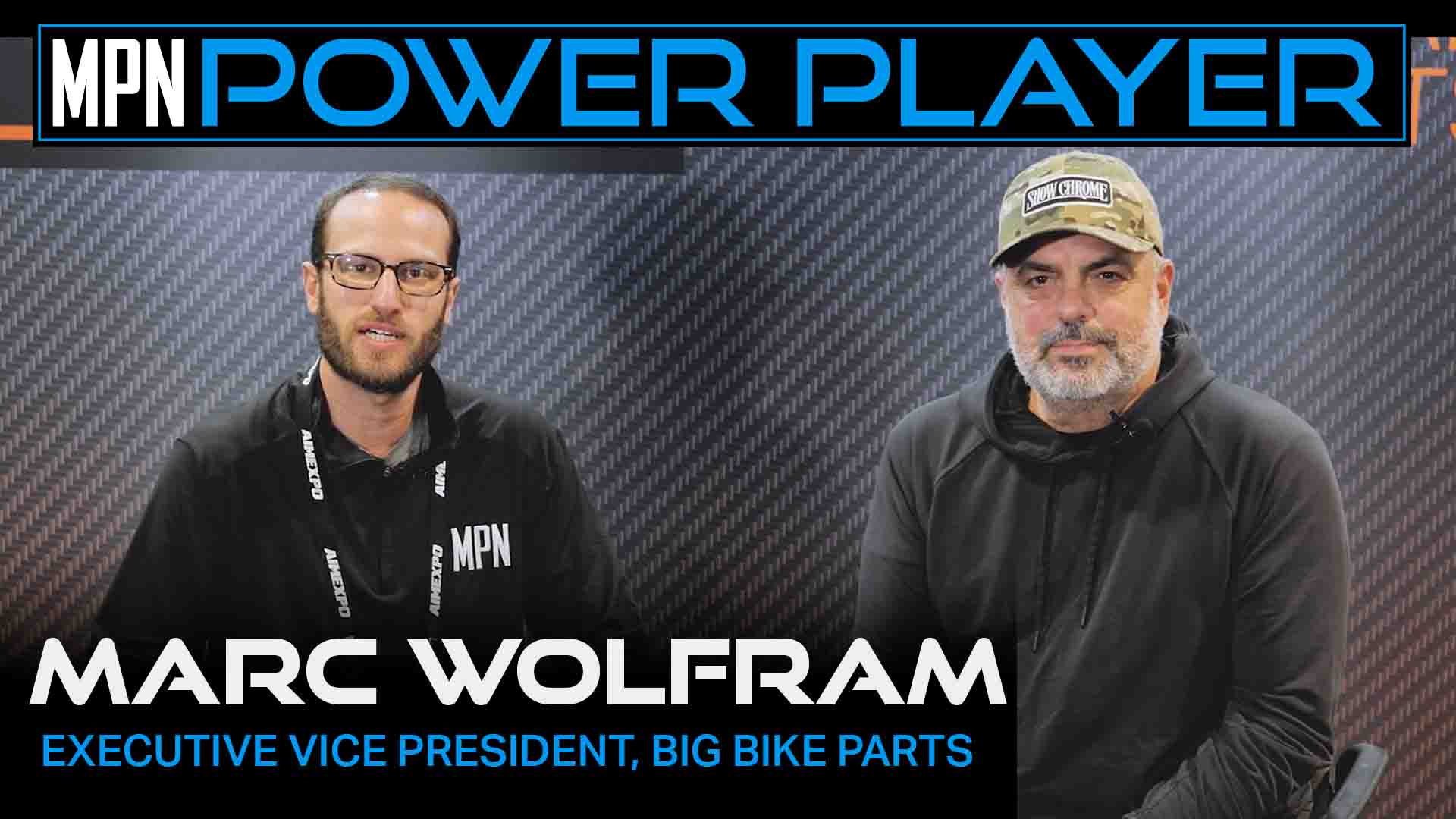For many aspiring powersports enthusiasts, the decision to purchase an all-terrain vehicle (ATV) and hit the trail doesn’t happen on a whim. One reason is that riding ATVs can be intimidating, especially for beginners.
Beginners face a number of difficult choices, such as determining which vehicle is right for them and deciding how much they can afford to spend. Then, there’s everything from selecting the proper attire and getting the correct training and license to finding local riding clubs, discovering the most appropriate trails and — last but not least — learning how to maintain their purchases.
This is where dealers can become customer experience stars by not just selling the vehicles but providing these new riders with the guidance and instruction they need to ensure a rewarding, enduring and safe post-purchase experience, no matter their budget.
Where to Begin
Is the customer looking to ride off-highway trails and roads that aren’t suitable for most cars, trucks or motorcycles? If that’s the case, an off-highway vehicle (OHV) is the one for them. This wide class includes ATVs, utility terrain vehicles (UTVs), 4x4s, dirt bikes and snowmobiles.
If the customer decides he or she prefers a four-wheel vehicle, naturally there are cost considerations, but before customers consider pricing or available financing options, they should determine which kind of vehicle is right for them. That, in turn, depends on how they plan to use these vehicles. Not all four-wheelers are the same. Even if customers think they know what they want, the sales team should review the two key four-wheeler categories to make sure:
- ATVs: Perhaps the customer wants to stick to existing trails, bring a friend and even haul materials around his or her property. If that’s the case, recommend an ATV that can hold one to two people.
- UTVs: For those looking to entertain the whole family, a UTV is the way to go. A side-by-side is a popular type of UTV that features at least two seats next to each other and is often enclosed by a roll cage. These are great for dune riding, racing and riding trails with family and friends, or even getting work done around the property.
Once a customer decides on the type of vehicle he or she wants, there are a range of makes and models available to consider based on his or her budget. One way to make this decision even easier for customers is to explain all of the available financing options — from deferred interest payments to installment loans — which could increase their buying power.
They Bought Their Vehicles — What Next?
Many customers view the vehicle purchase as the last chapter in their relationship with the dealer when it’s really just the beginning. Before customers walk out the door, outline the many service offerings that are now available to them and why they are important, such as bringing in the vehicle for periodic tune-ups.
Follow a Maintenance Schedule
Even when customers take advantage of these service offers, it’s also important to walk them through the regular maintenance that they must handle on their own. While customers can peruse these in the owner’s manual independently, offer to guide the buyer through the details and educate them on the need for regular and routine maintenance items. Each new ATV comes with a factory owner’s manual, which includes specific maintenance schedules recommended by the manufacturers. Take the time to walk customers through it in advance and ensure they leave the store fully informed.
Below are some of the main components of ATV maintenance. Don’t just run through these bullets; provide some examples of how to complete each step, the typical wear and tear they should look for and precisely which replacement parts and fluids they will need and where to purchase them. Here is a sample checklist that includes the following items requiring routine inspection and maintenance:
- Tires
- Engine oil and filter
- Battery
- Air filters and airbox drains
- Spark plug(s)
- Coolant
- Brakes
- Lights
- Safety features
- Nuts, bolts and lube.
At this point, the customer is beginning to realize that owning a vehicle involves more than the thrill of the ride. This is a great time to enhance the customer experience by reinforcing the dealership’s service department with highly skilled factory-trained technicians, special tools and safety equipment to handle all maintenance tasks required and properly dispose of waste oil and other chemical waste. The service department can also inspect the condition of the unit and make recommendations for other preventative maintenance and repairs.
The new ATV owners also must understand that while ATVs are designed to get dirty, they should not stay that way. Mud can gunk up the gears and trap moisture, which leads to rust, corrosion and the deterioration of rubber seals.
Consider offering customers a post-ride cleaning routine checklist, similar to the following:
- Protect and rinse: Begin by sealing off or protecting delicate areas prone to water intrusion, such as exhaust system outlets, electronic items and air intakes with applicable plugs, tape or plastic. When the machine has cooled, start rinsing the ATV with a hose or low-pressure setting on a power washer. This will remove large deposits of mud and debris beginning at the bottom and working up. Heavier builds may require several attempts, with extra attention spent on crevices, under fenders and suspension components, and behind protective guards and skid plates. Be sure to exercise caution around seals and bears to avoid pushing debris into those items.
- Wash and degrease: With the ATV rinsed and wet, use a soft, clean wash rag or mitt and appropriate soaps to clean the unit.
- Body and plastics: Scrub, lather and wash the outer bodywork, fenders and plastic with clean, soapy water and rag or mitt to clean the surfaces. Be sure to keep the soapy water and cleaning rags clean from mud buildup to reduce scratching and hazing of the plastics.
- Wheels, suspension and frame: Be sure to use a spray cleaner that is safe for metal surfaces. This can help deep clean and degrease areas with excess buildup. Scrub brushes and bristled cleaning tools can also help get in tight places and work to remove stubborn buildup.
- Protective guards and skid plates: If access under protective guards and skid plates is limited, you may need to remove these items to clean properly. Once removed, you will be able to clean the guards thoroughly and access the items they protect for cleaning and inspection.
- Rinse: Depending on how dirty the ATV is, it may be necessary to rinse after washing certain areas. If the required cleanup is light, a final rinse to remove the loosened mud and debris can be done after the wash. Start rinsing with a hose or low setting on a power washer at the top of the ATV and work downwards to wash away the soap and debris.
- Dry: Once the ATV is cleaned and rinsed, it’s best to let it air dry. Using a fan or blower can help remove water from certain areas. A soft microfiber towel can also be used to speed up the drying process as well. Be cautious with the towels used to dry the ATV to avoid scratching the surfaces. Once dry, remove any plugs, tape or plastic used to seal off sensitive areas.
- Detail and shine: Using a spray polish explicitly designed for ATV plastic and metals is a great way to protect the machine and keep it clean. There are several options that can be used during the drying process. Make sure you select a product that is designed and safe for your machine, and use caution with detailers on seats and hand grips that could make these items slippery.
The last area that dealers should discuss with new riders is safety and the importance of the following key tips:
- Educate yourself. Make sure the buyer is aware of all the required licenses he or she will need and how to get them. Additionally, provide details on the safety courses offered in his or her state.
- Use designated riding areas. Many riding clubs have trails that are maintained and groomed specifically for ATV safety. While it might seem obvious, advise riders to follow posted speed limits and precautions.
- Safety equipment. At the beginning of the article, I touched on safety gear. Make sure customers know to wear a helmet and proper attire. This includes gloves, long pants, long sleeves, boots, goggles, ear protection and a seat belt if the machine has one. For those who need gear, take the time to help them find exactly the right items.
- Pick the right machine. As you help riders select their vehicles, make sure they choose ones that are age appropriate and the right size. Make it clear that they should never carry more than the maximum number of riders the machine is designed for.
- Avoid riding alone. ATVs can be a lot of fun, but accidents can occur. Emphasize that local riding clubs are a great way to make friends who can hit the trails with you and be there to help in an emergency.
- Personalize your machine. While riders must start with the right safety gear, they may later require additional features that are right for them and their machines. Share some additional items to consider. Some examples include an electric winch, auxiliary lights, hand guards, skid plates, storage boxes and more.
When customers enter your dealership, they have taken the first step in what can be an exciting new activity, and helping them select the right machine is just one of the services you can provide. Dealerships can do much more by delivering a full customer experience that not only makes it easier to begin riding confidently but puts them on the path to enjoying their new investments for the long term and hopefully rewarding your dealership with great referrals and repeat business.
Darrell Owens is a senior vice president at Synchrony and head of the company’s lifestyle platform with nearly 20 years of expertise in powersports financing.

